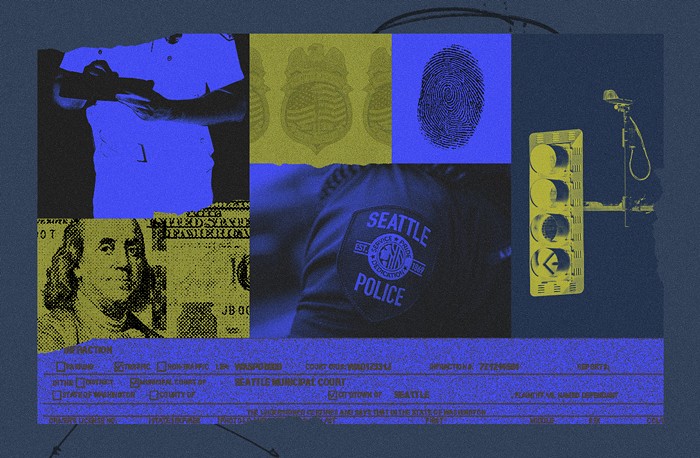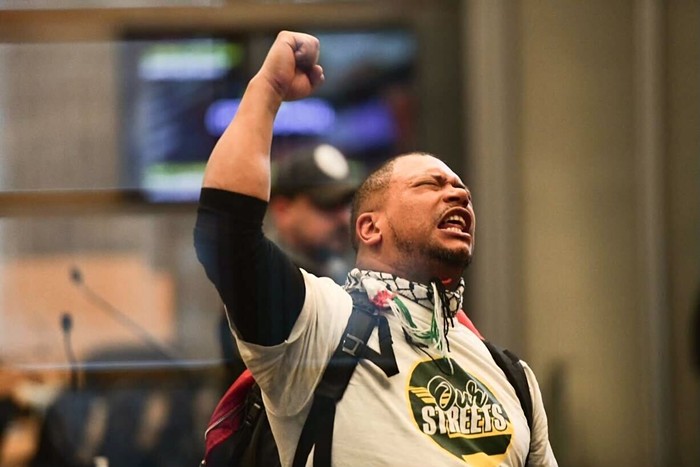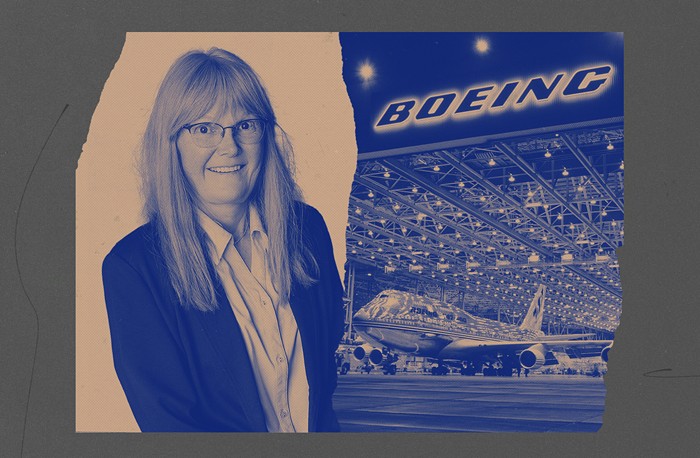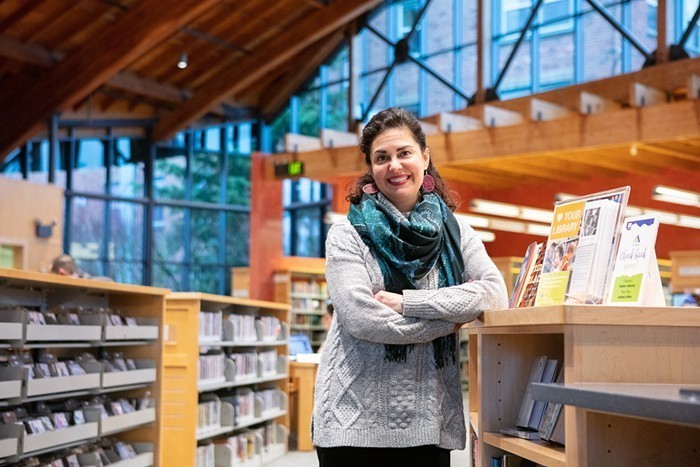
Nearly nine months after Mayor Ed Murray stood near the site of a fatal shooting in a homeless encampment and wondered "Did I act too late?", his staff stood at the edge of the same encampment today as its remaining residents were forced to leave.
The three-mile-long encampment under I-5—which residents call the The Jungle, though the city prefers the phrase "East Duwamish Greenbelt"—has at times been home to hundreds of homeless people. Today, the Union Gospel Mission, which has led outreach in the area in recent months, said just 13 people remained.
As Gospel Mission crews canvassed the area to get those remaining residents to leave this morning, Seattle Police blocked entrance into the Jungle. Once residents are gone, city and state transportation department crews will enter the area, saving and storing "usable/valuable and not contaminated" belongings and using heavy equipment to trash everything else.
As city, state, and Gospel Mission officials outlined their plans to reporters this morning, a small group of protesters, including representatives from Tent City Collective (a group that includes University of Washington students), stood behind them chanting, "Stop the sweeps" and "Housing is a human right; We will not give up the fight."
Here's video I couldn't get to upload earlier: Protesters chant as city and state bureaucrats lay out plans for Jungle sweep pic.twitter.com/U8LBa9ZIut
— Heidi Groover (@heidigroover) October 11, 2016
Jesse Malinowski, co-founder of a new activist group called Stop the Sweeps, said his group knew they'd be unlikely to actually stop the massive sweep today, but wanted to "make sure the city knows that all residents don't stand by it."
A small group of homeless residents from the group SHARE also staged a protest in front of an entrance to The Jungle. A SHARE member laid in a sleeping bag at the feet of police, outreach workers, and reporters near signs proclaiming "Without shelter, people die." SHARE member Sean Smith said they wanted to be an "obstruction" to the sweep and were willing to risk arrest. KING 5 reports four protesters were arrested on scene, but a spokesperson at the Seattle Police Department could not yet confirm that to The Stranger. Four people were arrested at the scene after they "entered an area they were not allowed to be in," said Seattle Police Department spokesperson Jonah Spangenthal-Lee. All four were demonstrators who do not live in the Jungle, he said. They were released today.

The Jungle has been a controversial issue in Seattle for years, but became a focus for Murray in January, when five people were shot in the area. Since then, the mayor has argued the area is inherently dangerous. The fire department says first responders do not enter The Jungle without a police escort, and the police department says it is home to rampant violent crime. Some advocates and Seattle City Council members contend the city could make the area safer and more accessible without forcing all residents to leave.
"People come together for the purpose of safety and security. That's what these folks have done," said Smith, who lived in The Jungle eight years ago and now lives in a managed tent city. "How do you deal with the violence downtown or out in Windermere? You can do it without a disruption to the community."
But the mayor and a majority of the city council supported the multi-agency plan for clearing the area, setting today's sweep in motion. The sweep also comes as city officials are in a prolonged fight about how to handle homeless encampments across the city. On Friday, a Seattle City Council committee will again take up legislation that could require the city to allow some limited spaces on public land for people to camp. In the meantime, the mayor's office has said a representative from the city's Office for Civil Rights would attend each sweep to monitor how people and their belongings are treated. I've asked whether an OCR representative was on site at the Jungle today, but haven't heard back.
With months of outreach, significant advance notice of today's sweep, and a much larger area to cover, today's effort appeared less chaotic than other recent large-scale sweeps.
In March, the city evicted 16 people from a formerly city-sanctioned encampment. Emotional residents there disputed city claims that they offered sufficient notice and outreach. Today, a small crew of outreach workers entered The jungle as police kept reporters and the public outside. The scene was largely quiet and few residents could be seen under the freeway amid furniture, tents, and other belongings.
Estimates for how many people remained in The Jungle Tuesday—and how many of those who left actually got services or housing during the months of outreach—have varied.
A city assessment of the area in February found 200 tents and structures, estimating as many as 400 people could be living there. Last month, Union Gospel Mission said it had talked to 357 people in the area but many of those did not end up in housing or shelter. Today, Gospel Mission president Jeff Lilley said about a quarter of the people his group talked to moved from The Jungle into shelter, housing, or another encampment. The rest left to unknown locations. Lilley's organization is now operating doing outreach at a tent encampment with toilets and showers near The Jungle at Royal Brougham Way, where Lilly said about 70 people live and there is space for 30 more.
"Are we just moving people from one place to another? Yes," Lilly said, "but there are many more services [there]."

Two people I spoke to by phone from The Jungle Monday night said they believed many more than 13 people remained in the area. Simon Stephens, a formerly homeless activist with Stop the Sweeps, said, "It's only gotten bigger. Some people might have gone to Union Gospel Mission [shelters], but there are a lot more people here now than four or five months ago." (Lilley stuck by the 13 number when I asked him about this today.)
Brandie, who has lived in the Jungle* for about a year and asked not to use her last name, said she knew of at least 20 people camping near her—and that wasn't counting anyone else in the rest of the three-mile-long site. Brandie said she became homeless in 2010 when her then-fiancé was injured and couldn't work and she struggled to support the two of them and her eight-year-old daughter. "It went downhill from there," she said. She stayed in an organized tent encampment run by Nickelsville until she was "wrongfully, permanently barred," she said, and then moved to The Jungle.
"I've made a lot of good friends here," she said. "I have been safe. We're close to resources."
"I understand what they're doing and why they're doing it to a certain degree," she added. "Most people are here for the purpose of selling drugs or making money, but there are a small couple handfuls of us here because that's where we have to live. Those are the people in the end who should be thought of."

It's unclear exactly what's next for the area under I-5. All sides of the debate over what to do about The Jungle have acknowledged that many (though not all) of the people living in the area have complex needs, including mental health and substance abuse issues, and they may not be ready to access traditional shelters or city services. That means they're likely to try to return to the area, a place where they have long been able to avoid the elements and law enforcement.
The city has hired a design firm to figure out how to improve "visibility and activation" under the freeway in order to deter homeless people from moving back there. However, "no design solution will completely prohibit future encampments," the city's plan admits. "Rather, the intent is to make the area safer and more secure for everyone."
As she had dinner and then rolled a cigarette around 10:30 Monday night, Brandie said she wasn't sure what she would do Tuesday morning. She said she refuses to stay in homeless shelters because her past experience in a shelter was "horribly depressing, it was cold, there were ants crawling all over me... You can't sleep. People take your stuff. It's not a good situation."
Brandie also didn't want to go to the Gospel Mission-run temporary encampment at Royal Brougham because she doesn't support the religious organization.
"I'm not gonna be another head to give Union Gospel Mission, who hasn't done a damn thing for me, another dollar," she said. (Seattle's Union Gospel Mission is not receiving city money for The Jungle work and says it does not "seek or accept government funds.")
She said she expects people to return to the area under I-5 as soon as work crews are gone. When I asked her what the city could do to help her and the people she knows living in and around The Jungle, her answer was simple. "First," she said, "they could leave us alone."
*The city's definition of The Jungle covers this area. However, there are spots around the edges of that area that residents also refer to as The Jungle. Separate from today's effort, some of those places have already been swept or received notice they will be swept.
This post has been updated to correct the organizations affiliated with today's protest.


















